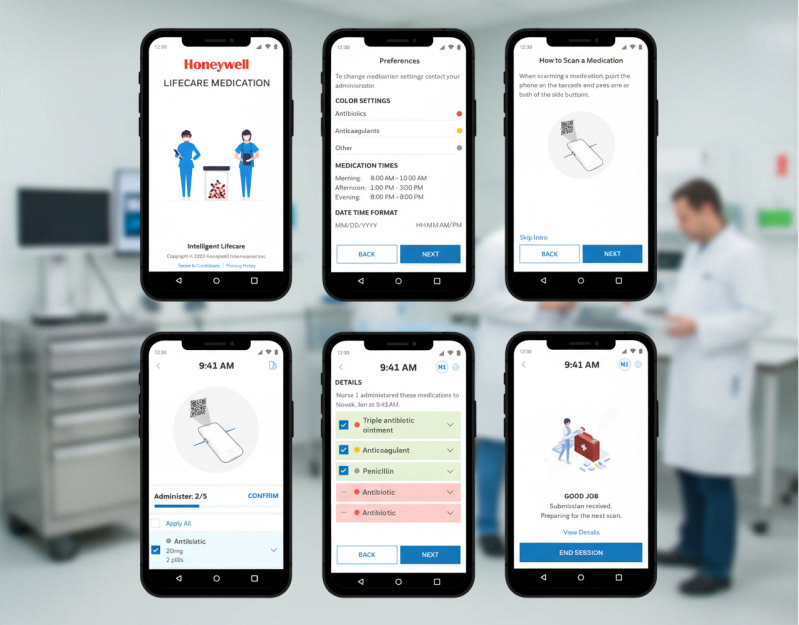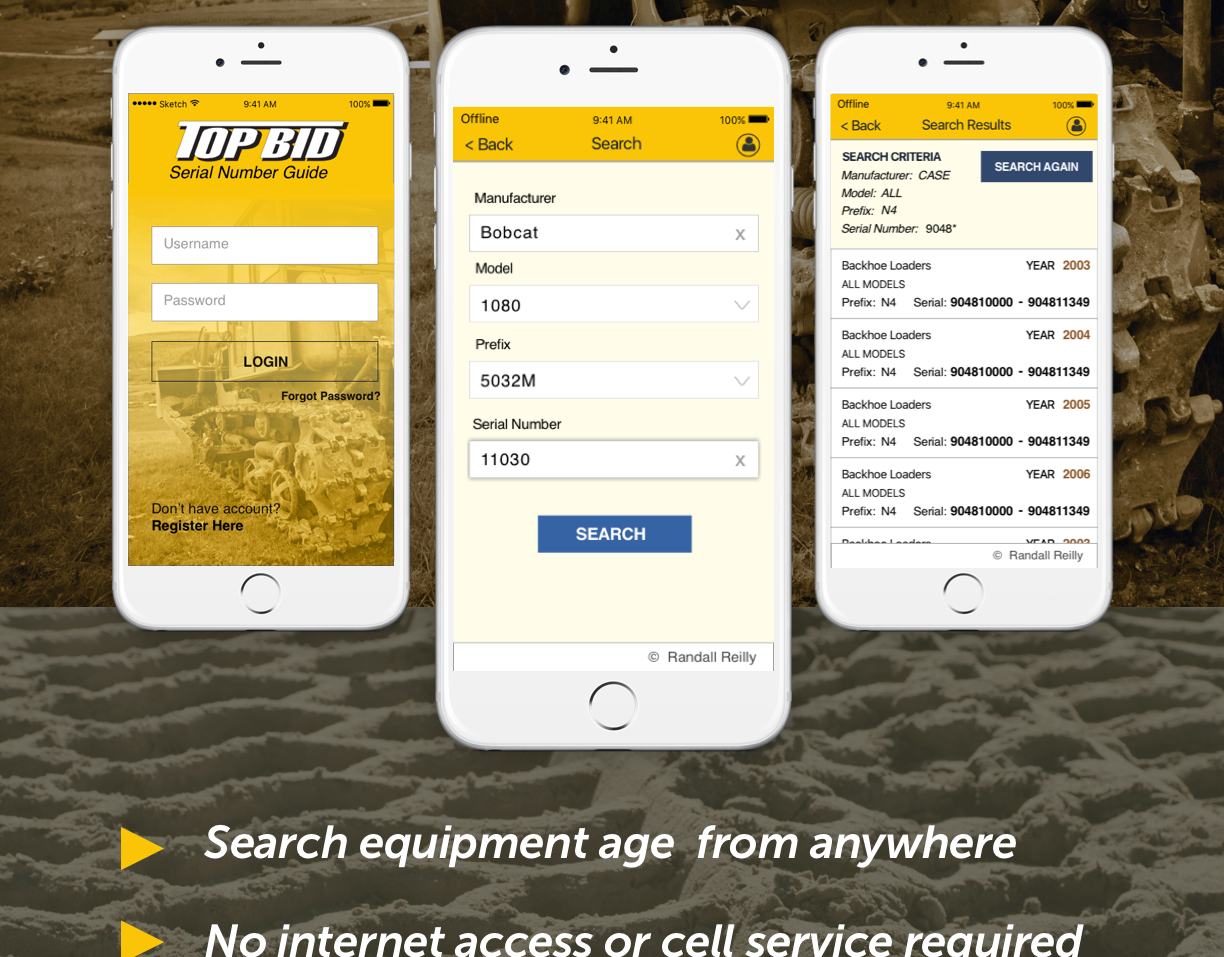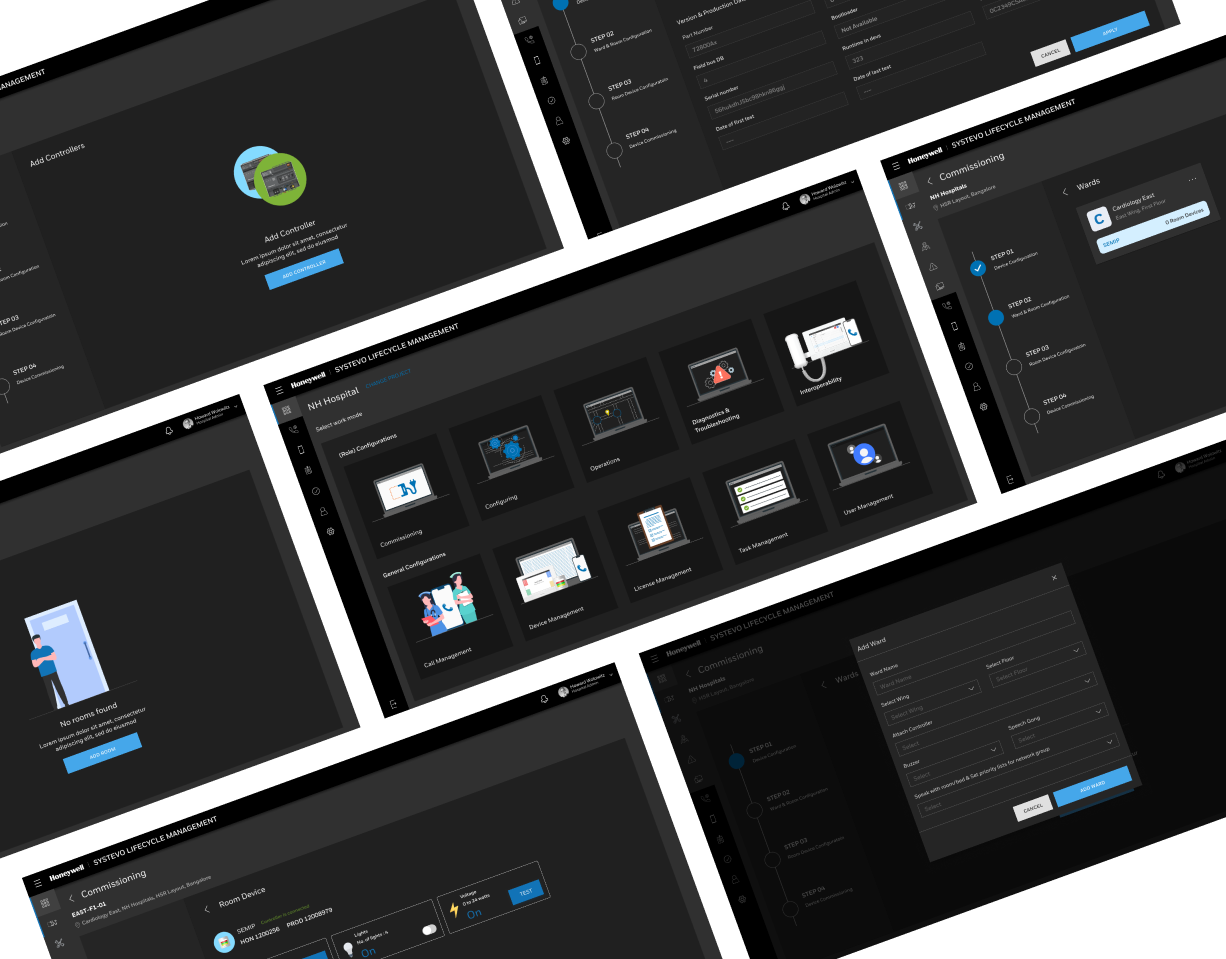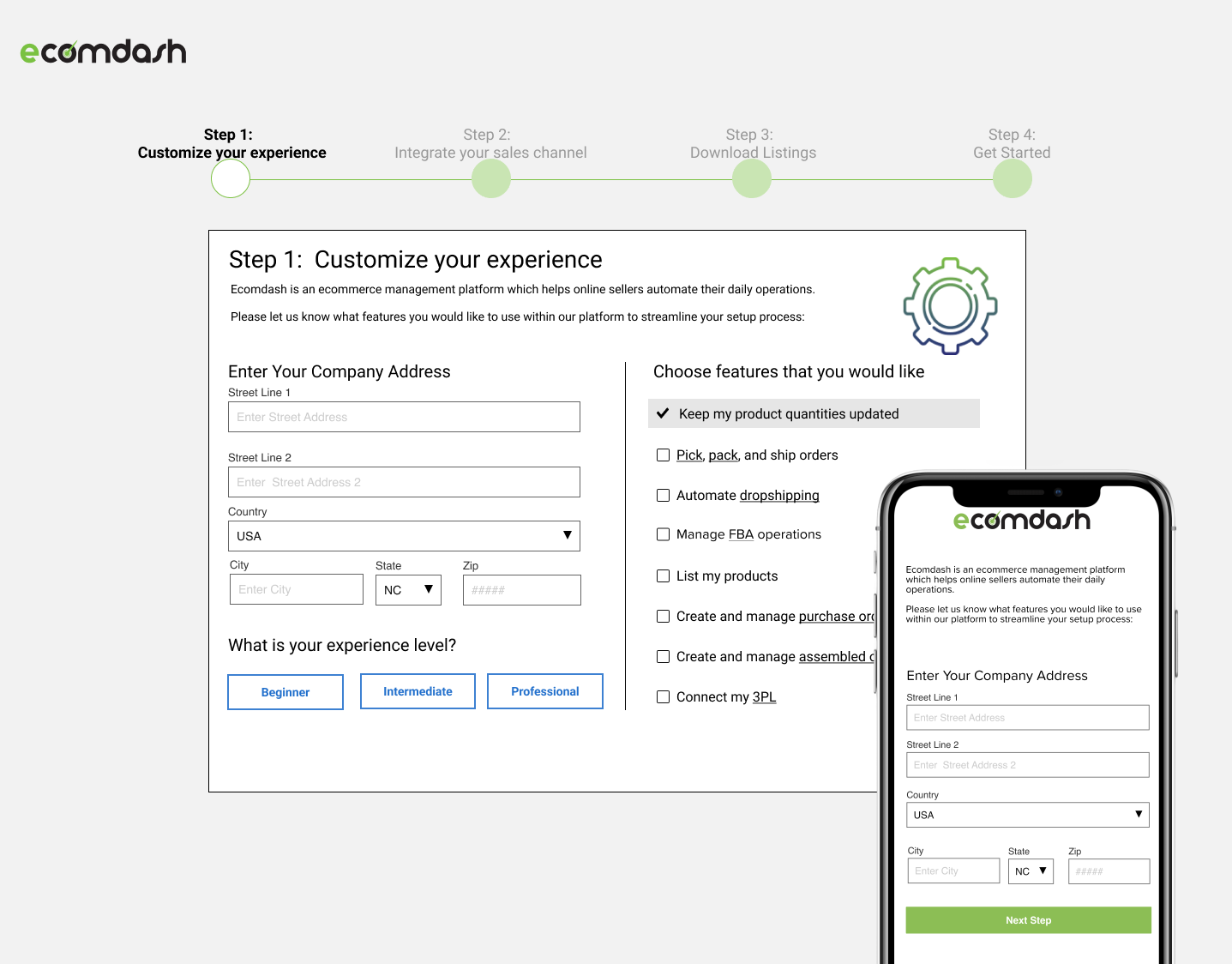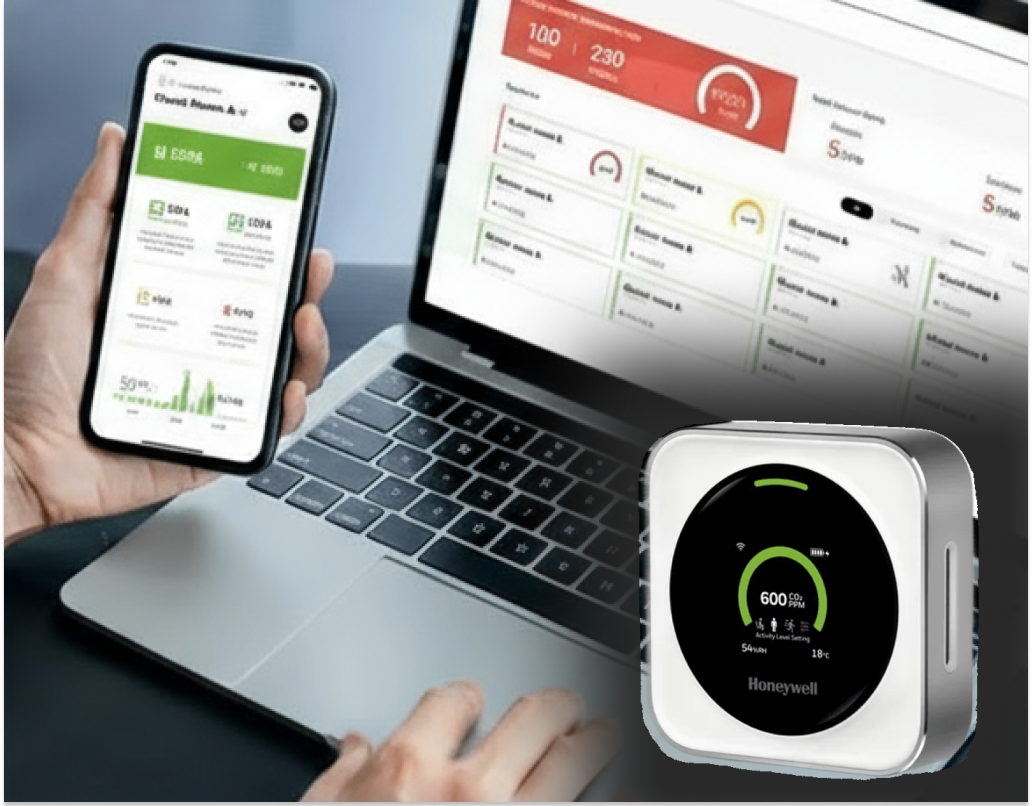Overview
Role: Senior UX Designer (Contract)
Timeline: 2019
Company: Bank of America
Focus: Designed and prototyped enterprise tools that improved audit and compliance workflows.
Role: Senior UX Designer (Contract)
Timeline: 2019
Company: Bank of America
Focus: Designed and prototyped enterprise tools that improved audit and compliance workflows.
Background
When I joined Bank of America, the design team needed a way to move quickly on an internal audit platform without losing clarity or compliance. The challenge was typical of large financial enterprises — complex requirements, long approval chains, and heavy documentation that slowed decision-making.
My role was to translate requirements into high-fidelity, interactive prototypes that could be reviewed, tested, and approved by business, compliance, and technology partners in days instead of months.
The Challenge
Audit and compliance systems are information-dense. Teams had to interpret hundreds of fields, approvals, and rules without seeing how they worked together. Auditors relied on a fragmented set of legacy tools with disjointed data, inconsistent error handling, and little automation. The experience led to inefficiencies, manual work, and misalignment across teams.
We needed a shared artifact that made everything visible — something you could click, test, and discuss. The challenge was to understand pain points, identify system overlaps, and propose a human-centered toolkit that enhanced efficiency, communication, and confidence in audit workflows.
We needed a shared artifact that made everything visible — something you could click, test, and discuss. The challenge was to understand pain points, identify system overlaps, and propose a human-centered toolkit that enhanced efficiency, communication, and confidence in audit workflows.
Research Objectives
Map the end-to-end audit journey across tools and roles.
Conduct interviews to identify themes in usability, data management, and automation.
Benchmark competitive audit platforms for industry best practices.
Deliver recommendations and prototypes for next-generation auditor tools.
Map the end-to-end audit journey across tools and roles.
Conduct interviews to identify themes in usability, data management, and automation.
Benchmark competitive audit platforms for industry best practices.
Deliver recommendations and prototypes for next-generation auditor tools.
Interviews
I used Axure and Figma to create interactive, data-driven prototypes and led short discovery sprints to align the team.
Stakeholder & User Interviews:
25 total participants across seniority levels:
3 Auditors in Charge
5 Senior Auditors
5 Audit Support
11 Audit Tech leads
Stakeholder & User Interviews:
25 total participants across seniority levels:
3 Auditors in Charge
5 Senior Auditors
5 Audit Support
11 Audit Tech leads
Key activities
• Experience mapping to clarify dependencies and handoffs
• Design thinking sessions to co-create and validate solutions
• Accessibility reviews for WCAG 2.1 compliance
• Iterative prototyping to replace long documents with tangible demos
Journey Mapping
Mapped each stage of the audit lifecycle from planning through execution and reporting.
Identified key applications used (ORCIT, ARA, eIMS, Domino, Retain).
Pinpointed friction points — such as redundant exports, lack of notifications, and unclear error messages.
Mapped each stage of the audit lifecycle from planning through execution and reporting.
Identified key applications used (ORCIT, ARA, eIMS, Domino, Retain).
Pinpointed friction points — such as redundant exports, lack of notifications, and unclear error messages.
Personas
Created personas based on interviews that included personality traits, work environment, quotes, insights and recommendations for software. Also I created a persona map so stakeholders could quickly read the section in a just in time fashion.
Themes
Explored themes of usability, automation, integration, data, error handling, and alerts.
Competitive Analysis
I conducted competitive analysis of out-of-box software that accomplished similar objectives. Ultimately, I created a build vs. buy pros and cons list.
Recommendations - I made recommendations for usability, functional and integration improvements to stakeholders and worked with developers to explain.
Experience Improvements
Experience Improvements
Enable cross-tool navigation and integrated authentication.
Add dashboards showing current audit status, team metrics, and upcoming tasks.
Provide real-time notifications for approvals, deadlines, and key audit milestones.
Functional Enhancements
Streamline data flows across tools.
Improve search for partial matches and keywords.
Allow bulk data exports to minimize repetitive steps.
Integration Opportunities
Connect to Outlook tasks and calendar for reminders.
Sync with Concur for travel and expense reconciliation.
Create a shared workspace for document exchange with business partners.
Prototypes - I created two prototypes with sample information and tested with stakeholders, auditors and leadership.
Two main dashboard concepts were developed:
1. Individual Auditor Dashboard
• Tracks active audits, due dates, and key alerts
• Displays audit progress stages and open issues
2. Manager Overview Dashboard
• Provides audit performance metrics, team status, and cross-audit summaries
• Highlights upcoming milestones, pending approvals, and data anomalies
Reflection
This project deepened my appreciation for the complexity of enterprise systems — especially those supporting highly regulated, precision-driven domains like corporate audit.
While the technical ecosystem was vast, the real insight came from listening to auditors. Their frustrations weren’t about technology alone, but about trust, communication, and visibility. They wanted to know their work mattered — that the tools respected their time and the rigor of their process.
As a designer, I learned to balance empathy with systems thinking — to understand not just how people use tools, but how those tools shape the culture of their work.
The most rewarding outcome was seeing how research reframed the problem from “fixing software inefficiencies” to “empowering auditors through clarity and confidence.” That shift in mindset is the hallmark of a successful UX intervention.
“Prototyping wasn’t just about showing design — it was about showing understanding.”
This engagement reinforced the value of speed with substance — designing at enterprise scale with clarity and empathy.
This project deepened my appreciation for the complexity of enterprise systems — especially those supporting highly regulated, precision-driven domains like corporate audit.
While the technical ecosystem was vast, the real insight came from listening to auditors. Their frustrations weren’t about technology alone, but about trust, communication, and visibility. They wanted to know their work mattered — that the tools respected their time and the rigor of their process.
As a designer, I learned to balance empathy with systems thinking — to understand not just how people use tools, but how those tools shape the culture of their work.
The most rewarding outcome was seeing how research reframed the problem from “fixing software inefficiencies” to “empowering auditors through clarity and confidence.” That shift in mindset is the hallmark of a successful UX intervention.
“Prototyping wasn’t just about showing design — it was about showing understanding.”
This engagement reinforced the value of speed with substance — designing at enterprise scale with clarity and empathy.

